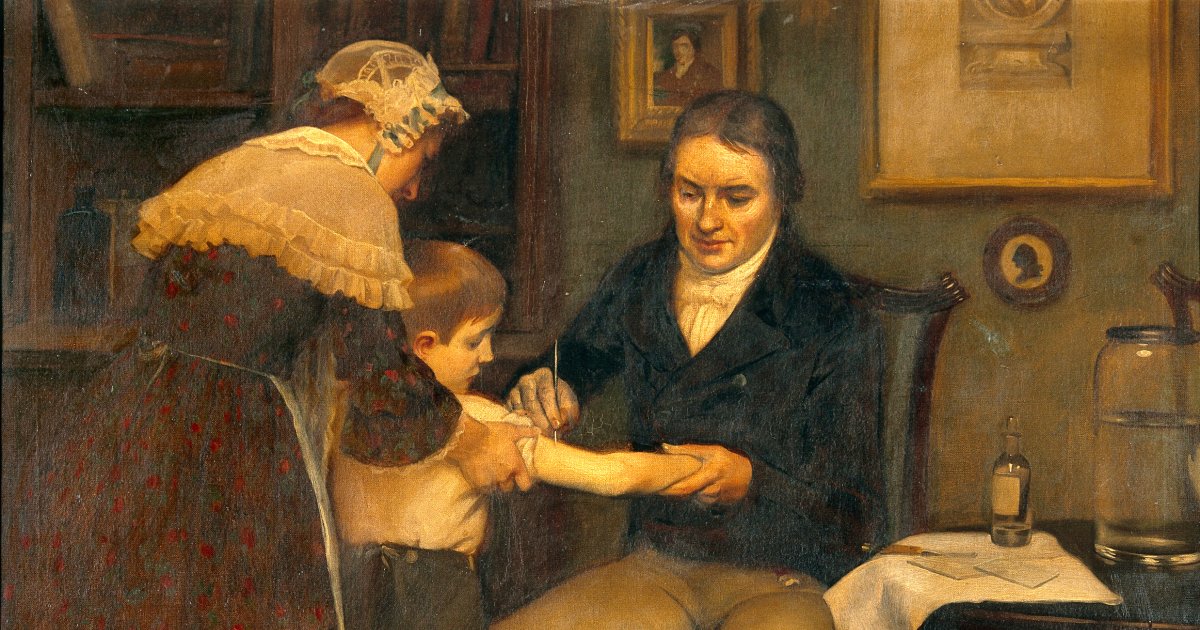Smallpox was one of the deadliest diseases in human history. For centuries, it caused widespread illness and death, affecting millions of people across the globe. Smallpox is a contagious viral disease transmitted from person to person through respiratory droplets or by direct contact with bodily fluids, such as blood or pus, from an infected person. Symptoms of smallpox include fever, rash, and fluid-filled blisters that cover the body.
The efforts to eradicate smallpox began in the early 1950s. At that time, several countries, including the Soviet Union and the United States, started to develop mass vaccination programs to control the spread of the disease. These efforts were later joined by the World Health Organization (WHO), which launched a global smallpox eradication campaign in 1967.
The campaign was a massive undertaking involving various strategies, including surveillance, containment, and vaccination. The WHO sent teams of trained medical professionals to endemic countries to conduct surveillance and vaccinate vulnerable populations. They also implemented an aggressive containment strategy involving isolating infected individuals and tracking their contacts to prevent further transmission.
After more than a decade of hard work, the WHO’s smallpox eradication campaign finally paid off. On May 8, 1980, the organization officially declared smallpox to be eradicated. This was a historic moment in the history of public health, as it was the first time a disease had been eradicated from the planet.
The eradication of smallpox was a remarkable achievement that required cooperation and dedication from people worldwide. It was a testament to the power of science, international collaboration, and governmental support. Today, smallpox vaccination is no longer necessary, and the disease is no longer a threat to global health.

Leave a Reply